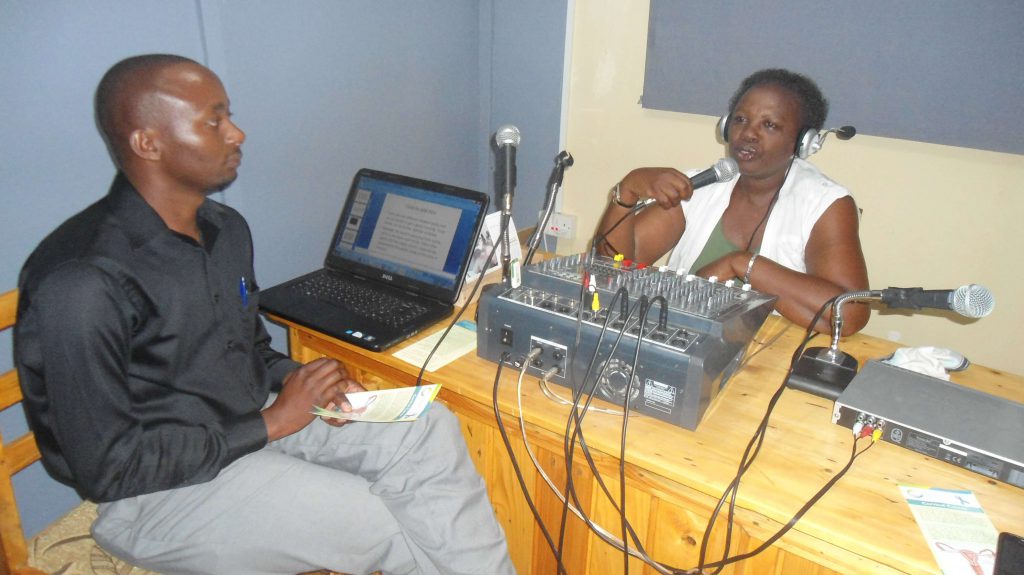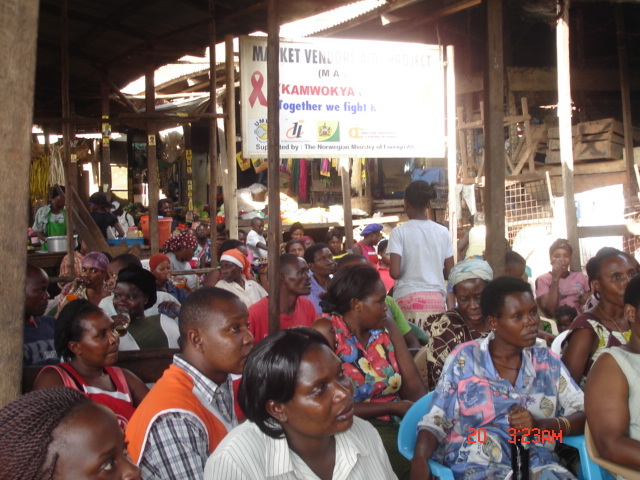Development Initiatives International

Where is SHAREM implemented
SHAREM project is implemented in 9 markets that is; Makhani singh, Mbarara Central, Nyamityobola and Rwebikona markets in Mbarara, Main Super market, main market, Kumi Road and Soroti Road markets in Mbale plus Lira main market in Lira.
The project builds on eight years of DII’s successful provision of comprehensive HIV/AIDS services in 15 urban markets, that is, St. Balikuddembe, Park Yard, Nakawa, Bugolobi, Kamwokya, Kansanga, Katwe, Kitintale, Nakulabye, Wandegeya, Nateete, Nalukolongo, Bwaise, Nakasero and Mukono through its Market Vendors AIDS Project (MAVAP).
The SHAREM project shall benefit an estimated number of 95,900 vendors, their families, customers (estimated at 150,000) and residents of market hinterlands. These population sub groups are vulnerable to HIV /AIDS and yet remain greatly underserved by essential HIV/AIDS services
Objectives Of SHAREM
- o increase knowledge about HIV/AIDS for 90% of the targeted market communities by the end of four years
- To increase Adoption of Safer Sexual Behavior by 10,000 beneficiaries in the targeted communities by the end of 4 years
- To Conduct Voluntary Counseling and Testing for 30% of the market community and link 2,000 to HIV treatment and care by the end of 4 years
- To improve capacity of DII, market leaders, Community Based Organizations and self-help groups to participate in the project, implement key interventions in a sustainable manner by the end of 4 years
- To consolidate MAVAP activities in the old 15 markets.
SHAREM Achievements
- 80% of the market community has accessed HIV/STI information through behavior change model groups, peer-peer education, Information Education and Communication materials and community radios.
- As of December 2012, 138,021 vendors had accessed VCT services. 37.6% of these were tested in market based clinic while 62.4% were tested through mass HCT outreaches carried out in partnership with Uganda Cares and AIDS Information Centre (AIC).
- 3,729 (2.7%) of the clients tested were found HIV positive and referred to Uganda Cares for treatment of opportunistic infections, ART, care and support.
- 14,218 vendors had tested for STIs by the end of December 2012. 7.15% of all tested were found STI reactive and received comprehensive treatment in MAVAP’s market clinics.
- In order to build the capacity of peer educators to effectively deliver HIV information and mobilize the communities to access health services, the project developed a robust capacity building program. MAVAP supported empowered community resource persons to establish CBOs, including that of the PLHIV. By the end of 2012, 4 CBOs had been formed and were enthusiastically involved in mass sensitization and mobilization activities to supplement MAVAP’s work.
- 144 school going child vendors provided with scholastic materials every academic term
- 17 children enrolled in vocational training institutions
- 180 OVC trained in life skills, basic health care, business management and careers guidance



